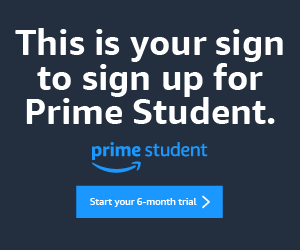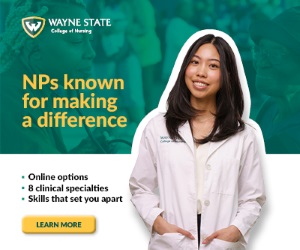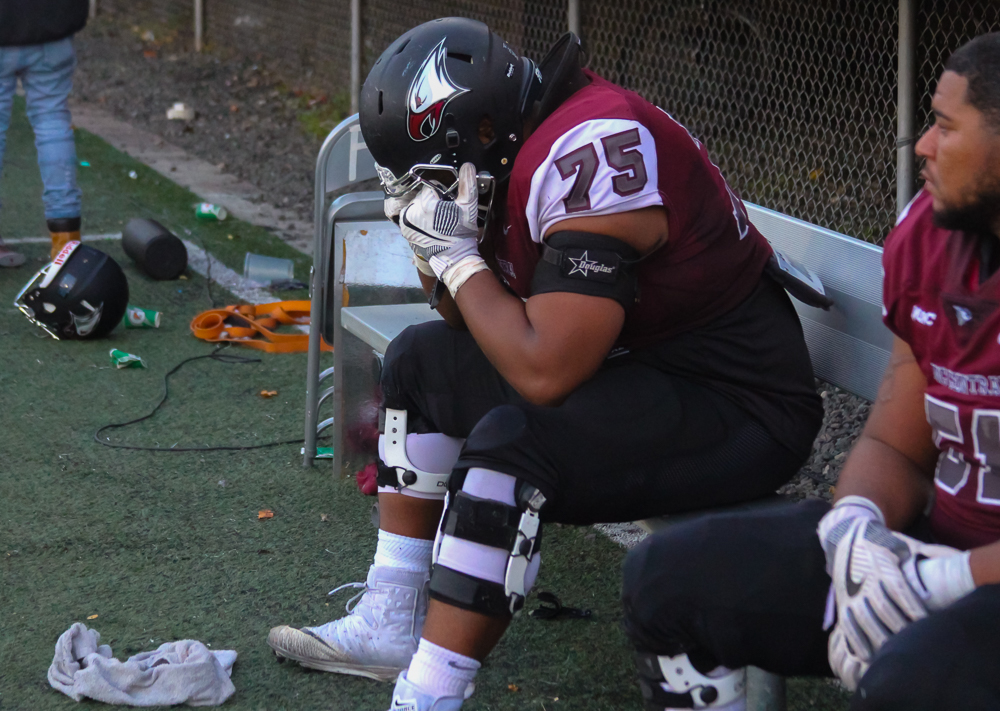For the past month, portraits by Afro-Cuban artist Erik Olivera Rubio have dominated the N.C. Central University Art Museum.
Rubio’s artwork, described as being “the tangible expressions of an authentic voice,” emphasize aspects of his multicultural roots in a colorful, detailed manner. Though the exhibition, which is Rubio’s first showing in America, housed over 20 pieces of artwork, three in particular caught my eye. Each of them had bright, imaginative qualities expertly painted onto the canvas.
The first, “La fé de deseo/Desired Faith” (2004), displayed a dark-skinned boy holding handfuls of cotton close to his chest. Instantly, I related the imagery back to the voice of a young slave, though the title suggests something different, potentially with the cotton being lamb’s wool instead.
Another on display, “Oshún” (2014), is a portrait of a black woman with natural kinky hair flowing and her right arm resting on one hip as she smiled. I feel that this was intended to heavily emphasize the confidence and attractiveness of empowered black women.
Certain paintings had profound meanings behind them. The portrait that spoke to me the most was “Inle” (2014). This portrait illustrated how black men are not free mentally or physically by having a wire wrapped around the subject’s forehead with two snakes formed at the ends. Three more wires hung around the man’s neck like necklaces that could represent physical bondage like the effects of racial stereotyping and slavery. The blue tint of the background color of this portrait gave off feelings of sadness and depression toward and by the man.
According to the introductory plaque at the entrance to the museum, Erik Olivera Rubio’s exhibition (which runs through Nov. 17) “strengthens North Carolina’s cultural and economic times to Latin American and beyond.” Hopefully, we will see more of that in upcoming exhibitions.




















